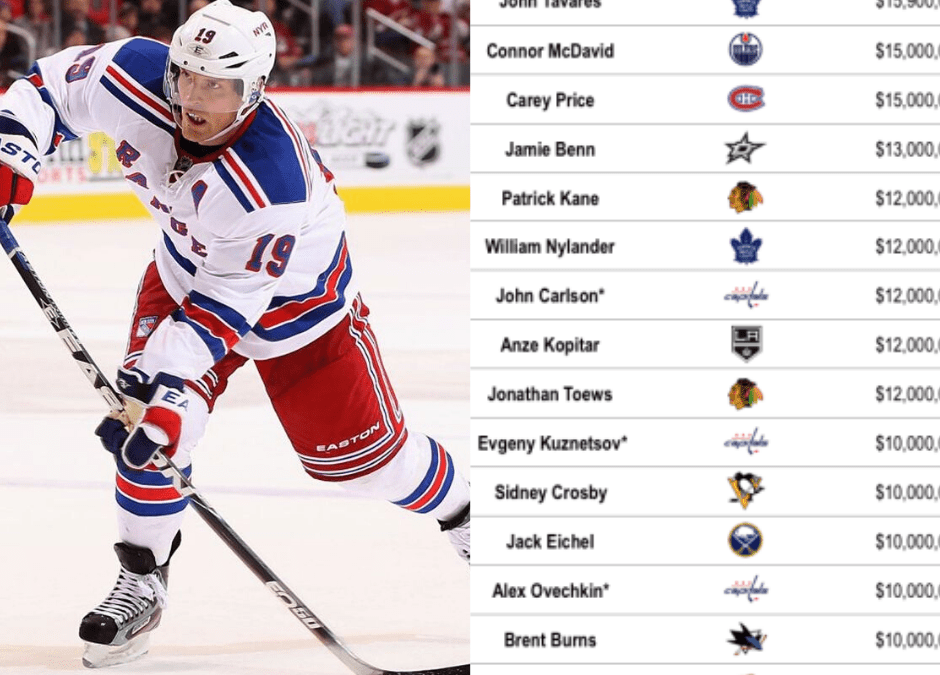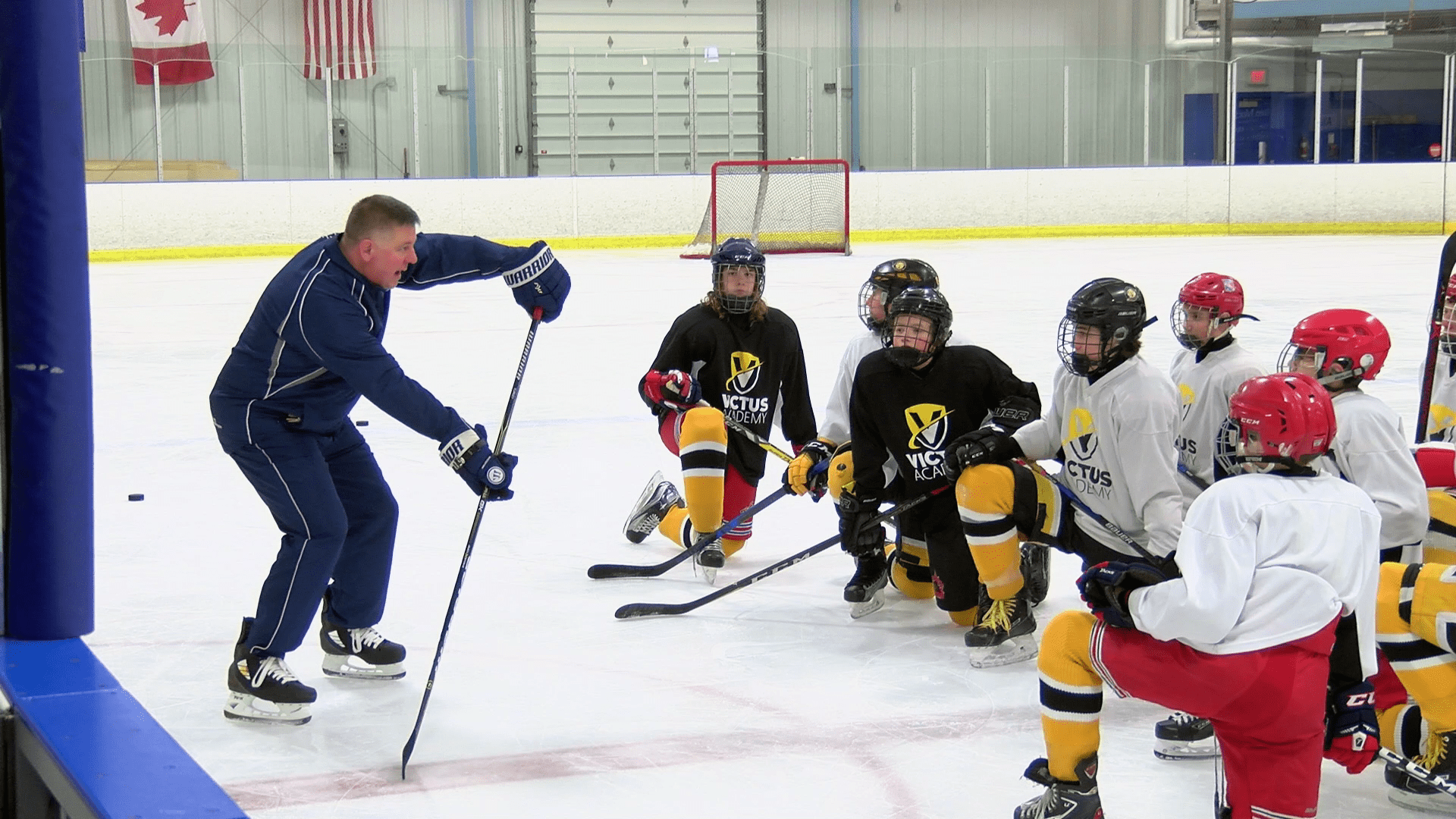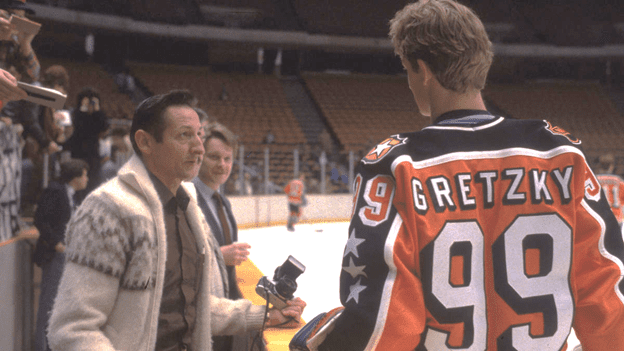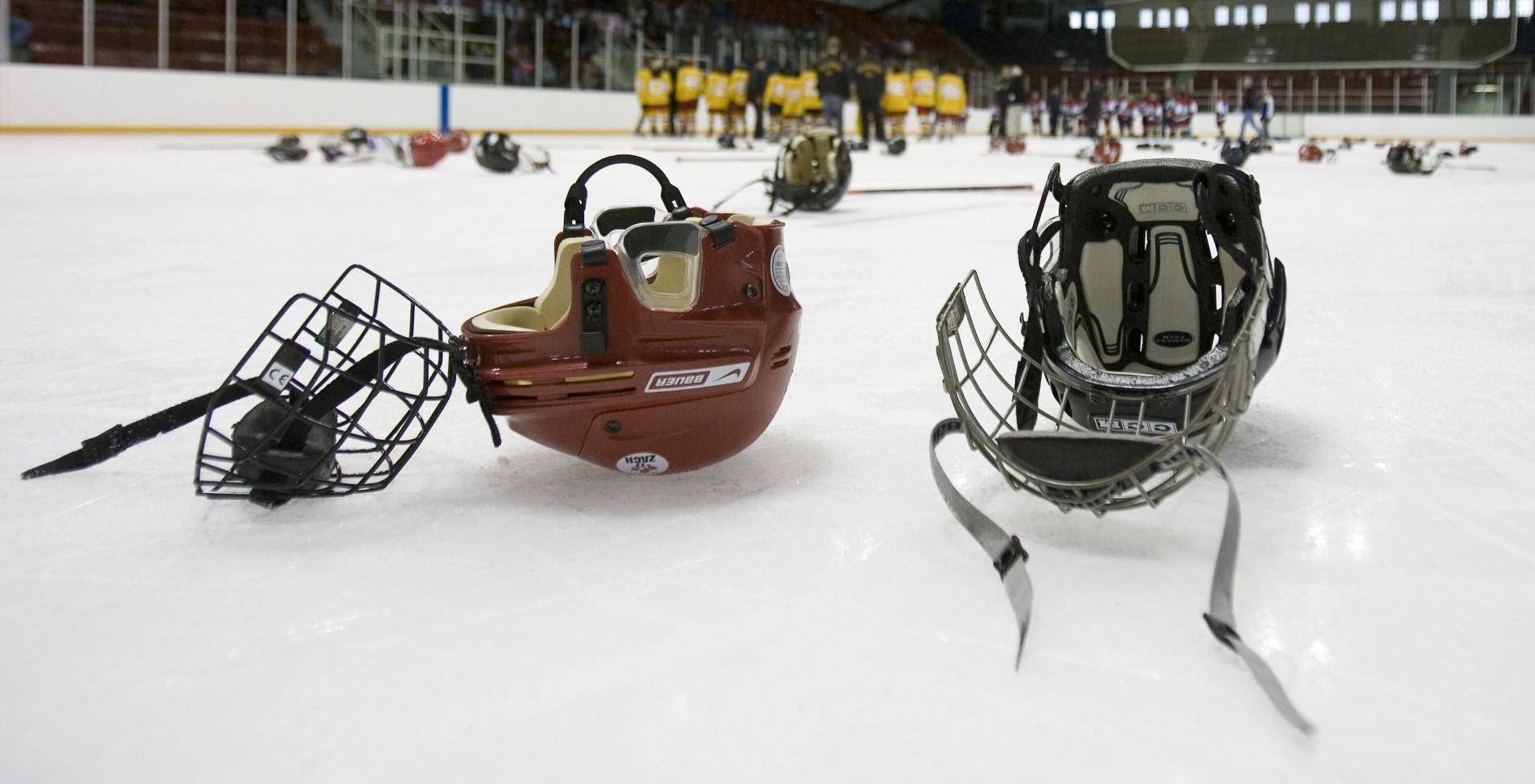One of the major allures of becoming a professional athlete is the sheer amount of money that you can make if you become a superstar. Yes, playing your favorite game for a living at the highest level imaginable is certainly a perk, but the draw of the money is undeniable. We all know that NHL players make a comfortable living, but how much do they actually make? When you hear about a player signing for a specific salary, you aren’t getting the whole story. There are several things that happen behind the scenes that might tell a different story about how much money the player is really pulling in.
Escrow
The collective bargaining agreement for the NHL governs the finances for the entire league. In the NHL there is an escrow system, in which a portion of every player’s salary is withheld in order to meet the 50/50 revenue split that is required between players and team owners. Currently, the escrow withholding rate is 13.5% of a player’s total compensation – this includes salary, signing bonuses, and assumed performance incentives. If a player does not qualify for these performance bonuses, they are issued a refund at the end of the next season.
Escrow exists to ensure that the NHL remains profitable while being able to pay the salaries of all the players in the league. In the event that the league was unprofitable, the escrow pool would be used to cover the shortfalls.
Taxes
Professional athletes are generally placed in the highest tax brackets due to how much they make, and they are subject to even more taxes than many of us. They must pay a “jock tax” to every city and state in which they play, whether they are a visitor or not. In many cases, a player may be paying a 50% income tax rate, or slightly higher, meaning that with a salary of $10 million, they are paying over $5 million in taxes when adding jock and income taxes together.
This, of course, will depend on which team they play for, as different states have different income tax laws. Canada in general has higher tax rates, so a player for the Canadiens may pay a 53% income tax rate while someone on the Lightning will only pay about 40% because of Florida’s lower income tax rate. This is often taken into consideration when players are negotiating contracts with potential new teams. It becomes even more complex in trade situation when one team is picking up a portion of the salary, as now each part of a player’s pay will be subject to different tax laws.
Agent Fees
Every player has an agent that helps them to negotiate salaries, incentives, and so on. These agents don’t work for free, of course, and are paid based on the salaries that they negotiate for their clients. In general, agent fees are about 3-5% of a player’s salary. They aren’t taken directly from the paycheck, but the player pays the agent out of their take-home cash, thus diminishing how much they are actually putting in their bank accounts. You can see why agents are so adamant about getting the highest salary for their clients!
NHLPA Union Dues
The NHLPA, or National Hockey League Players’ Association, is the union representing the interests of every player in the league. Any person on an NHL roster is required to be a member of the NHLPA. The association helps players negotiate salaries and employment conditions, as well as assisting them with licensing and any grievances they may have against current or former teams.
Like any labor union, the players must pay fees in order to benefit from the services of the NHLPA. Currently, the dues are $30 per day during the season. This isn’t much considering the salaries of professional hockey players, but it still adds up to a hefty chunk of change that the player won’t receive throughout the year.
Summer Training and Extracurricular Fitness
While the team will provide training and physical therapy during the season, they don’t always offer as comprehensive of a package during the off season. Many players take it upon themselves to pay for their own training programs to ensure that they can maintain peak physical fitness without losing a step.
On top of this, players will often make sure that they have a top-of-the-line workout facility in their own home. These facilities can cost thousands of dollars just for equipment and are even more expensive when you consider the maintenance required to keep them functioning effectively.
While this is often up to the player and doesn’t automatically come out of their paycheck, it is still a significant expense to consider when negotiating a salary. Not being able to stay in shape in the off season can be detrimental to a player’s overall performance during the season, meaning that they may not play well enough to get a better contract when theirs expires. It’s one of the many hidden costs that you may not think about when considering how much a player really makes.
Conclusion
NHL players certainly aren’t hurting for money. With a minimum salary of $700,000 for the 2019-2020 season, they are some of the highest paid people in the world and should be set for life if they manage their money correctly.
Still, it is important to recognize that when you hear that a certain player signed a new deal, there’s a lot more going on behind the scenes than you may think. If a superstar signs a $10 million dollar per year contract, they will likely be bringing in less than half of that after all is said and done. There are a variety of factors that affect the final numbers, but players need to realize that what you see isn’t always what you get, and they must plan for their future accordingly.






